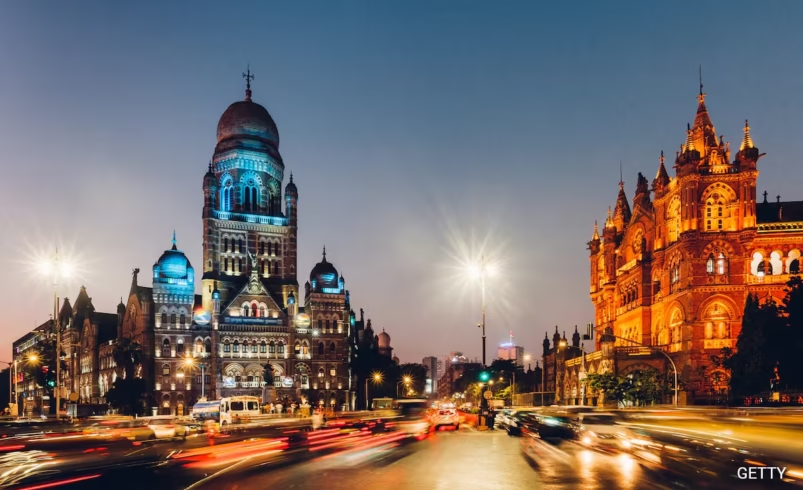Australian Influencer’s Video on India’s Wealth Gap Sparks Online Debate
- July 11, 2025
- 0

An Australian content creator, Jeremy Franco, has stirred an online debate with his recent Instagram video highlighting the stark contrast between wealth and poverty in India. In the video, Franco describes how India can transition from rich to poor in mere seconds. He illustrates this by recounting his experience at a luxury shopping mall featuring high-end brands like Gucci and Dior, juxtaposed with the impoverished scenes just steps away, reminiscent of the movie ‘Slumdog Millionaire’. The video caption reads, “India is poor and rich at the same time,” emphasizing the country’s economic duality.
Franco’s commentary has sparked varied reactions online. Some users agreed with his observations, acknowledging the visible economic disparity. One user commented that while a few Indians are wealthy, over 85% of the population faces daily struggles. Others criticized Franco’s comparison as unfair, suggesting that similar disparities exist globally. A user pointed out homelessness issues in Australia, sharing a personal experience of witnessing a homeless man’s death during winter.
The discussion also touched on how foreign content creators often focus on India’s slums and street food to gain followers, overlooking the country’s diverse beauty. Some users argued that slums exist worldwide, including in cities like New York, but foreign visitors to India tend to highlight these areas for sensational content. This perspective has led to a broader conversation about how India is portrayed by international influencers.
The debate initiated by Franco’s video reflects broader cultural reflections on wealth inequality and how it is perceived both within India and by outsiders. It underscores the complexity of India’s socio-economic landscape and highlights the ongoing conversation about representation and perception in global media.